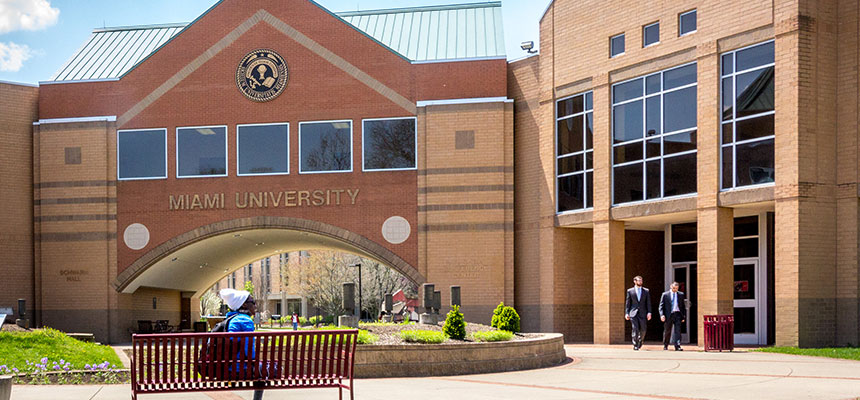In the context of the coronavirus crisis and the cuts to higher education taking place in Ohio and nationwide, it’s time to reassert the values at the core of Miami University’s commitment to public education:
- Education is a public good.
- All students have the right to a quality education, including those under-represented in higher education.
- In our diversity is our strength.
- We depend on our local community and have a responsibility to participate in its flourishing.
These values find their primary expression at Miami Regionals. They need to be held firmly in view during this crisis, when actions are being taken that could undermine the academic mission of the university and its commitment to the well-being of students—especially on the Regionals, where nearly half of students are first-generation and Pell-grant-eligible.
As became clear during the last financial crisis, “austerity” measures often slash programs intended for the benefit of the community while preserving and expanding protections and benefits for the more powerful. At Miami, we saw a rise in spending on upper administration in terms of both salaries and numbers since the last crisis, while tenure-line faculty numbers remained flat or declined in comparison to enrollments. We have seen spending on athletics balloon to an astonishing $27 million a year, while Regionals full-time tenure-line and contingent faculty members, already teaching a heavy load, saw their service responsibilities increase without compensation. Recent layoffs of contingent faculty will further diminish student access to professors.
Working conditions are learning conditions. When Miami’s spending decisions do not support our core academic mission, students lose out. A number of decisions made recently at the Regionals may prove dangerous to student success and our academic mission. Faculty already teaching four courses per semester, who have lost the course releases, research leaves and research funding that enable them to maintain disciplinary expertise, are being asked to do additional service and teach independent studies and larger sections. (Course caps have risen by 40% in online classes.)
These decisions make sense only from a short-sighted logic of austerity; they are counterproductive if we want Regionals students to succeed. Students may take longer to graduate, abandon their chosen minor or major in order to find a degree pathway that fits their budget, or give up entirely. Our primary focus must not be to reduce the opportunities available to the more vulnerable among us—students, low-paid staff, “gig economy” faculty—but to find ways to sustain a mutually beneficial relationship between the university and our community. We need to ensure that our community survives and thrives.
It’s time for administrators statewide and nationally to stand up and publicly reject the coercive narratives of austerity, especially when they disproportionately harm Ohio students. Let’s end the pretense that universities—and education in general, and health services, and other public goods—should be self-supporting, profit-making, and dependent on the whims of the market. We insist that our administrators assert the value of higher education as a public good to the Board of Trustees, the Ohio Chancellor of Higher Ed, the governor, and our state and national representatives.
It’s time for a proud, loud commitment to our public mission and the Regionals’ essential role in sustaining it.


Leave a Reply